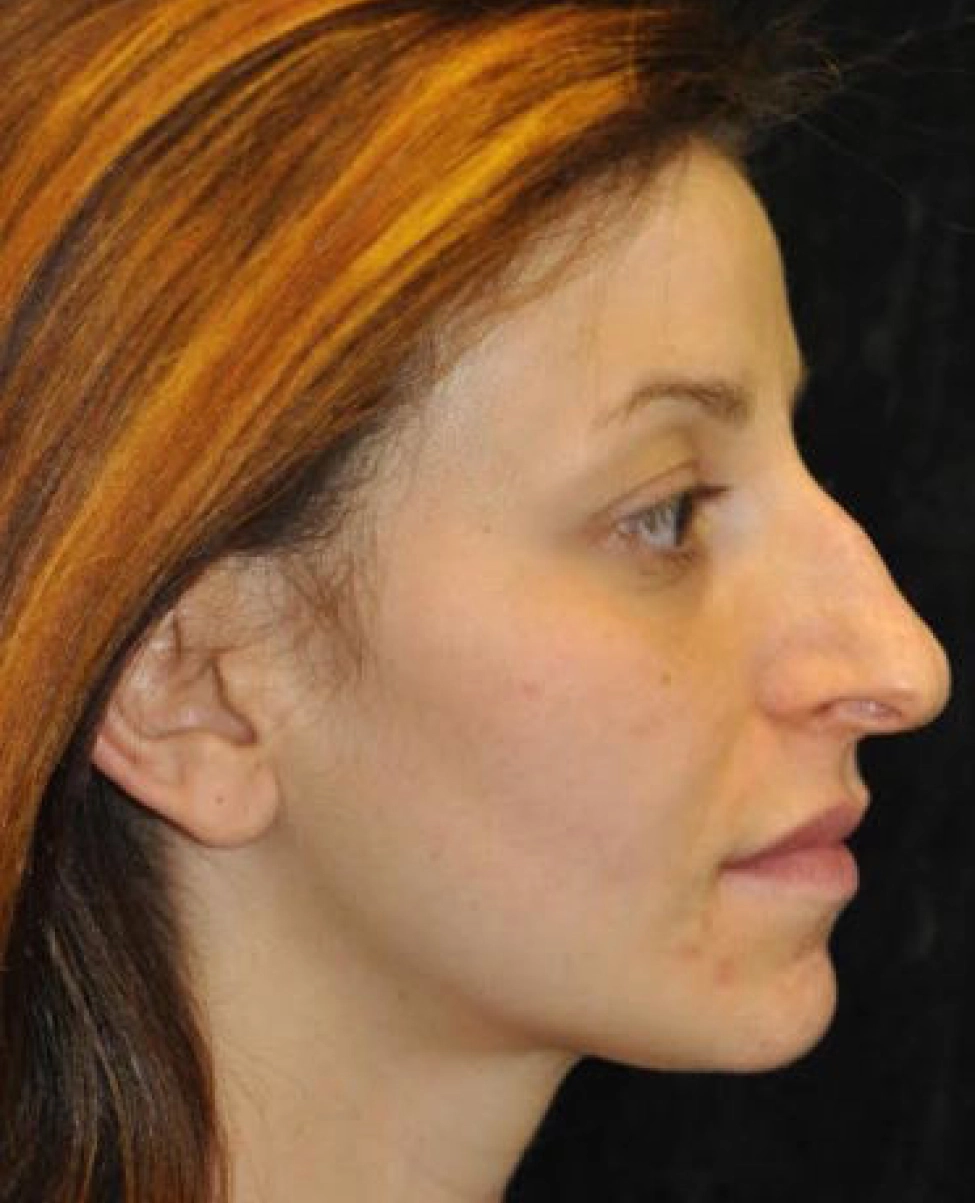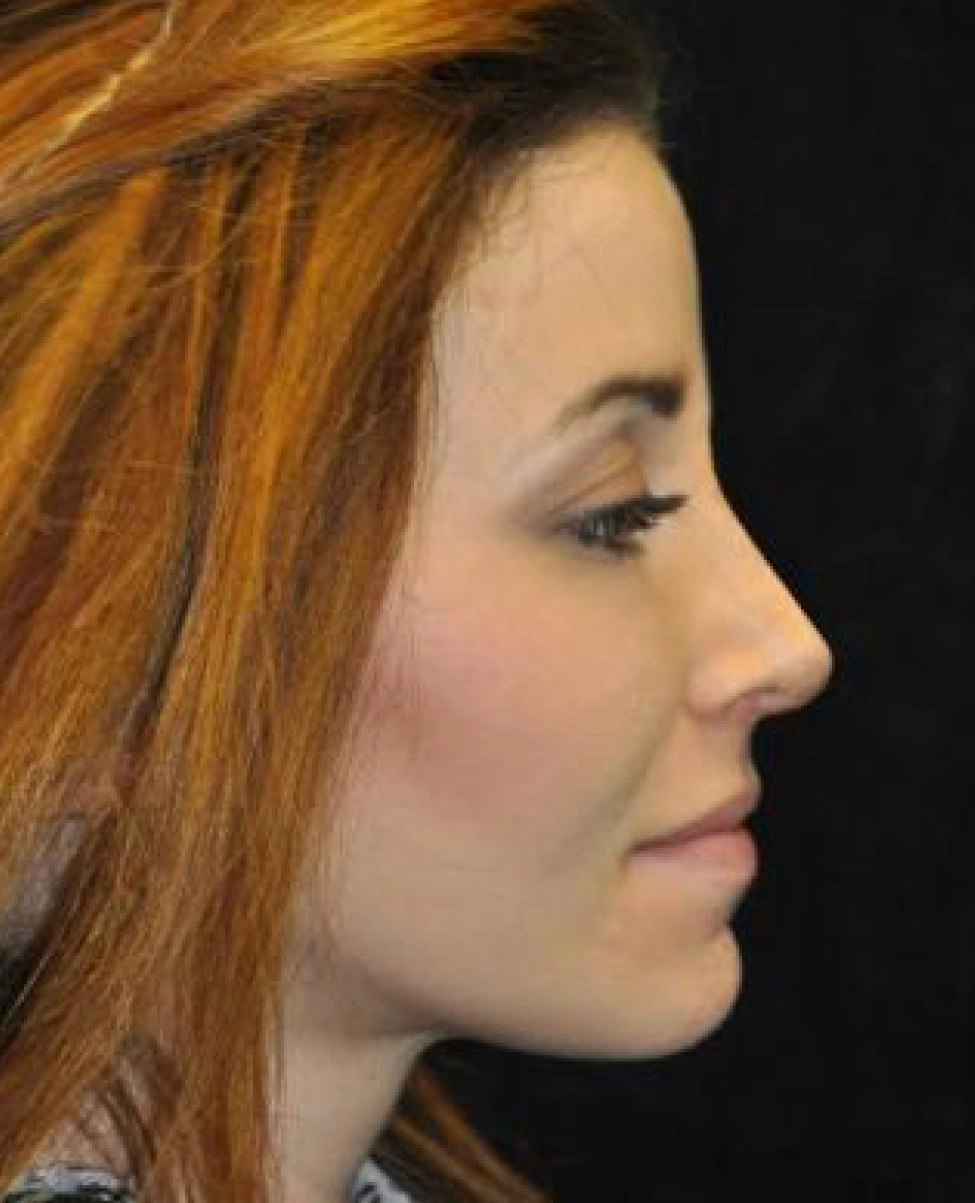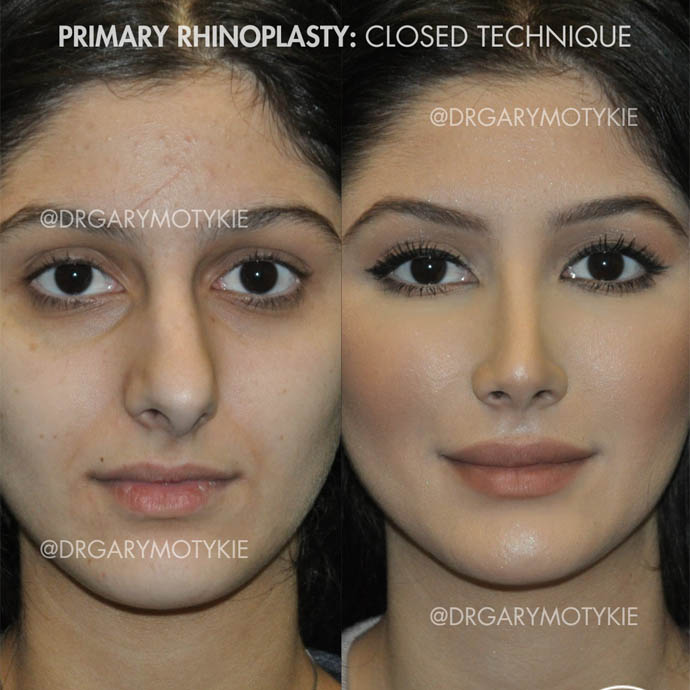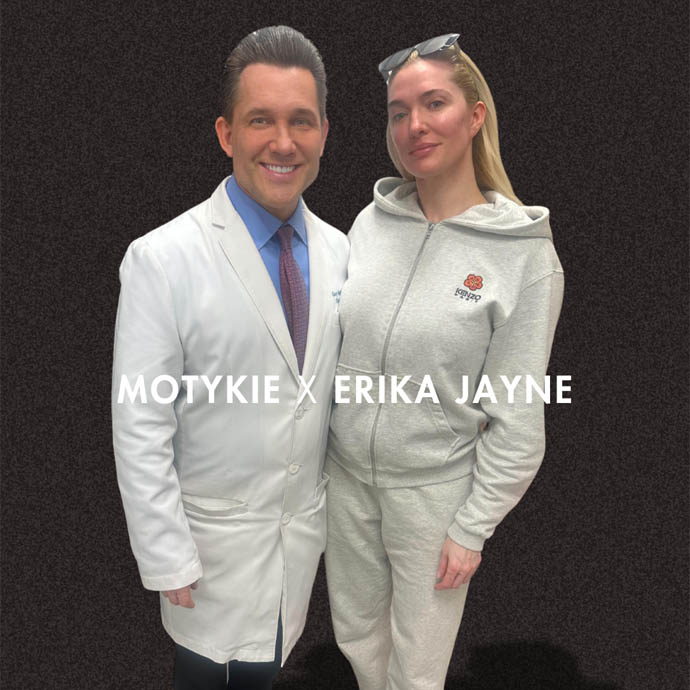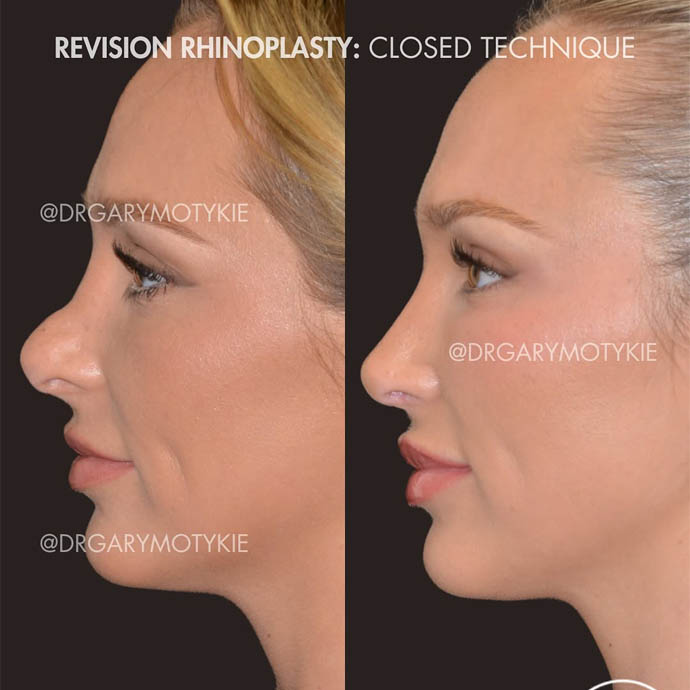By Gary Motykie, MD
Considering a breast augmentation procedure? Understanding the different choices in breast implant placement is crucial in achieving the desired results. From subglandular to submuscular placement, each option comes with its own set of benefits and considerations. Let’s explore the various choices available to patients seeking breast augmentation. Board-certified plastic surgeon Dr. Gary Motykie performs breast augmentation for patients in Beverly Hills, West Hollywood, Los Angeles, and surrounding locations.
Exploring the Basics of Breast Implant Placement
Breast augmentation, a procedure that ranks high in popularity among cosmetic surgeries, significantly relies on the strategic placement of implants to enhance breast size and shape. At the core of this decision-making process are three primary implant placement options: subglandular, submuscular, and dual plane. Understanding these options is pivotal for a tailored approach that aligns with the individual’s anatomical features and aesthetic desires.
The subglandular option positions the implant between the breast tissue and the chest muscle, appealing to those with sufficient breast tissue to camouflage the implant naturally. Conversely, the submuscular placement tucks the implant beneath the chest muscle, a choice often lauded for its potential in minimizing capsular contracture risks and achieving a more seamless appearance in individuals with leaner breast tissue. Meanwhile, the dual plane method merges the benefits of both, situating the upper portion of the implant under the muscle while the lower part rests subglandularly. This innovative approach offers a versatile solution, aiming to provide extensive coverage and a balanced, aesthetically pleasing outcome.
Each of these placement techniques comes with its distinctive advantages and suitability factors, influenced by the patient’s body type, existing breast tissue volume, and specific visual goals. Recognizing the nuances of each option enables a more informed decision process, guiding individuals toward an implant placement that best complements their natural anatomy and fulfills their expectations of breast augmentation.
Subglandular Placement – Between Breast Tissue and Chest Muscle
In the realm of breast implant placement, subglandular positioning represents a unique approach, strategically situating the implant just beneath the breast tissue yet above the chest muscle. This method is particularly appealing for those who boast a more generous amount of natural breast tissue, as it leverages this to naturally envelop the implant, contributing to an aesthetically pleasing outcome. The logic behind this choice is twofold: not only does it aim to enhance the breast’s shape and volume, but it also endeavors to maintain a natural tactile sensation, mimicking the feel of organic breast tissue as closely as possible.
Opting for subglandular placement can also translate to a shorter and potentially less discomforting recovery period, given that it bypasses the need to manipulate the chest muscles during the procedure. Patients may find this advantageous, especially those who prioritize a swift return to daily activities or who engage in professions demanding minimal downtime. Moreover, this method can afford certain cosmetic benefits, such as a more pronounced cleavage or the correction of mild breast sagging, without the necessity of additional lifting procedures.
However, it’s paramount for patients to understand that this approach might not suit everyone. Individuals with minimal breast tissue or those seeking a very natural look might encounter challenges with implant visibility or palpability, aspects that warrant thorough discussion with a plastic surgeon. The decision to pursue subglandular placement should be a result of careful consideration of one’s anatomical characteristics, personal aesthetic goals, and professional guidance, ensuring alignment with the envisioned outcome of the breast augmentation journey.
Submuscular Placement – Beneath the Chest Muscle
Opting for submuscular placement, where the breast implants are nestled below the pectoral muscles, stands as a preferred method for many seeking breast augmentation. This technique is celebrated for its ability to provide a layer of muscle coverage over the implant, which is particularly advantageous for individuals with leaner physiques or minimal natural breast tissue. By placing the implant beneath the muscle, there is a significant reduction in the likelihood of implant visibility and palpability, offering a more discreet and natural-looking enhancement.
Another salient benefit of submuscular placement is its potential in mitigating the risk of capsular contracture, a condition where hard scar tissue forms around the implant, possibly leading to discomfort and aesthetic dissatisfaction. Moreover, this method has been observed to facilitate more accurate mammography readings, as the implant does not obstruct the view of breast tissue as significantly as with other placements.
However, it’s important to acknowledge that this choice may entail a more involved recovery process. The adjustment of the chest muscle to accommodate the implant can introduce a longer period of healing and discomfort compared to alternatives that do not disturb the muscle. Yet, many find this trade-off acceptable, considering the long-term benefits of a more natural contour and lower complication risks.
Patients contemplating submuscular placement should have a thorough discussion with their plastic surgeon to weigh these considerations. This dialogue ensures that the selected method aligns with their physical characteristics, lifestyle, and aesthetic aspirations, paving the way for a satisfying breast augmentation experience.
Dual Plane Placement – A Hybrid Approach
Dual plane placement emerges as a sophisticated and versatile approach in the realm of breast implant procedures, ingeniously combining the merits of both subglandular and submuscular placements to accommodate a broader spectrum of cosmetic desires and anatomical requirements. In this innovative technique, the surgeon positions the upper segment of the implant beneath the chest muscle, offering enhanced coverage and a smooth transition from the chest wall to the breast mound, while the lower segment rests in a subglandular position, allowing for a more pronounced lower breast contour and potentially mitigating issues of sagging.
This hybrid strategy is particularly advantageous for patients who present a moderate amount of natural breast tissue but still seek the refined, natural-looking results that can be challenging to achieve with a single placement strategy alone. By tailoring the implant’s position to leverage the strengths of both subglandular and submuscular placements, dual plane offers a customized solution that can better address individual aesthetic goals, such as achieving a more significant lift without the need for additional procedures, or ensuring a seamless and natural breast silhouette.
Key to the dual plane method’s success is its adaptability; it allows for precise adjustments during surgery, enabling the surgeon to optimize the implant’s aesthetic and functional integration based on real-time assessment of the breast’s shape and tissue dynamics. This adaptability makes the dual plane approach a compelling choice for those seeking to enhance their breast appearance while maintaining a balance between improved volume and an authentically natural feel and movement.
Factors Influencing Implant Placement Choice
Several critical elements play pivotal roles in determining the optimal placement of breast implants. Foremost among these is the individual’s anatomy, notably the amount of existing breast tissue. This characteristic can significantly influence the decision between subglandular, submuscular, or dual plane placement, as certain techniques better suit individuals with more or less natural tissue. Additionally, body type and proportions are essential considerations, as the goal is to ensure that the final results look proportionate and natural relative to the patient’s frame.
Aesthetic goals are equally influential in this decision-making process. Whether a patient desires a subtle enhancement or a more noticeable change can steer the choice towards one placement method over another. For instance, those aiming for a pronounced cleavage may find certain placements more accommodating to their vision.
Past surgical history is another factor that cannot be overlooked. Previous procedures, especially those involving the breasts, can impact tissue integrity and skin elasticity, thus affecting the suitability and expected outcomes of each implant placement option.
Lifestyle and activity level also merit consideration. For individuals engaged in vigorous physical activities or those whose occupations demand a quick recovery, the selection of implant placement might vary to accommodate these needs.
Understanding these determinants, and how they interplay with each other, is crucial for making an informed choice on implant placement. Each factor contributes to a comprehensive assessment, guiding the surgeon and patient towards a decision that aligns with the patient’s physical characteristics and personal aspirations, ensuring a harmonious and satisfying augmentation result.
Making the Decision with Your Plastic Surgeon
Embarking on the breast augmentation journey requires thoughtful collaboration with your chosen plastic surgeon. In your initial discussions, they’ll evaluate your unique physique, listen to your aesthetic aspirations, and guide you toward the implant placement that best harmonizes with your body and goals. Open communication is paramount—voicing your concerns, desires, and questions will help tailor the procedure to your expectations. Your surgeon’s expertise is invaluable in navigating the complexities of implant placement options, ensuring the chosen path aligns with your lifestyle, body type, and desired outcome. Together, you’ll forge a partnership that is crucial for achieving the transformative results you envision, marking the beginning of a fulfilling transformation.
Contact Beverly Hills Board Certified Plastic Surgeon Dr. Gary Motykie to Schedule a Consultation
Click Here for Virtual Consultation
Click Here to Schedule a In Office Consultation
To see more services and treatments provided by Board Certified Plastic Surgeon, Dr. Motykie in Beverly Hills | Los Angeles | West Hollywood, CA and his team please visit:




